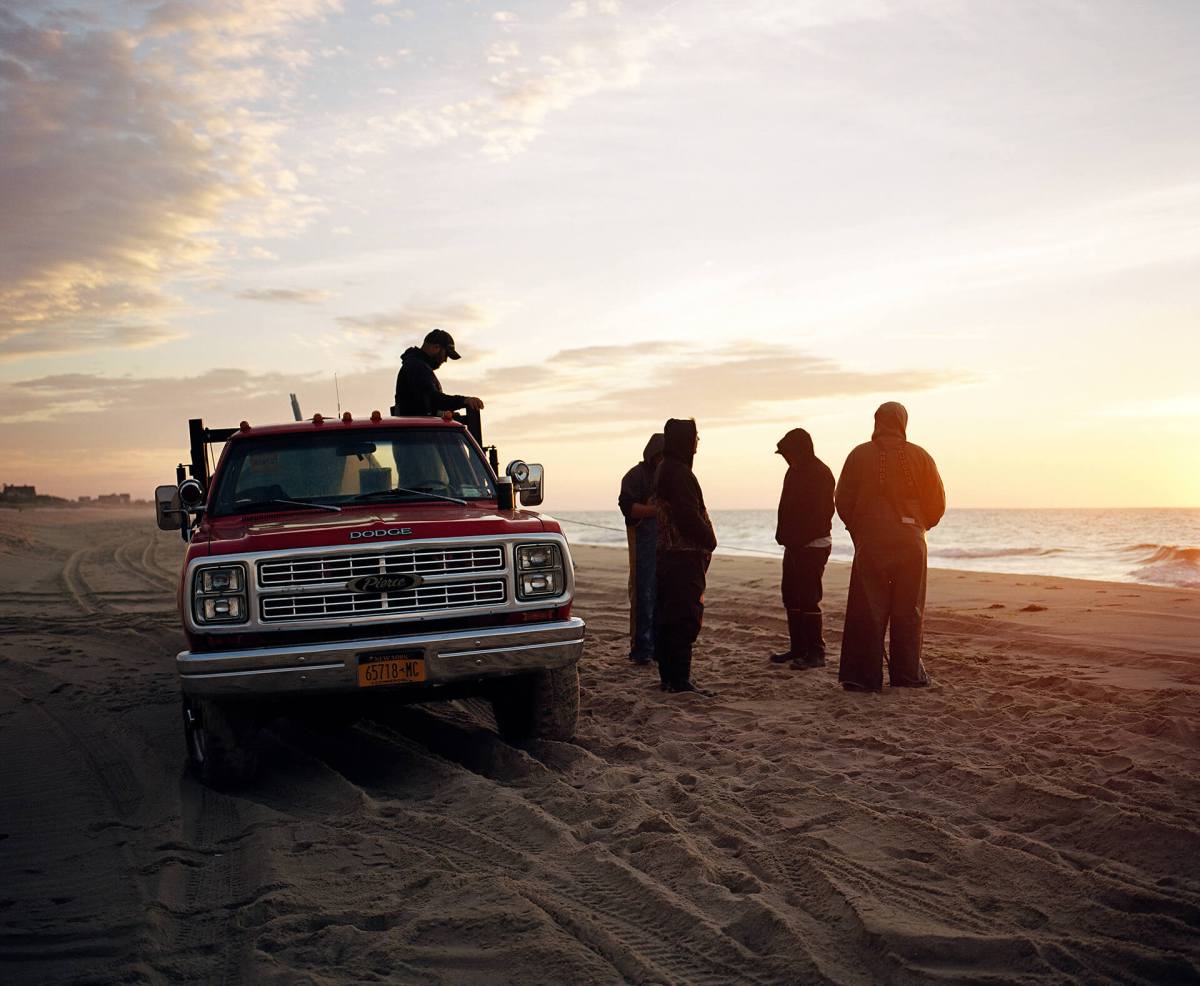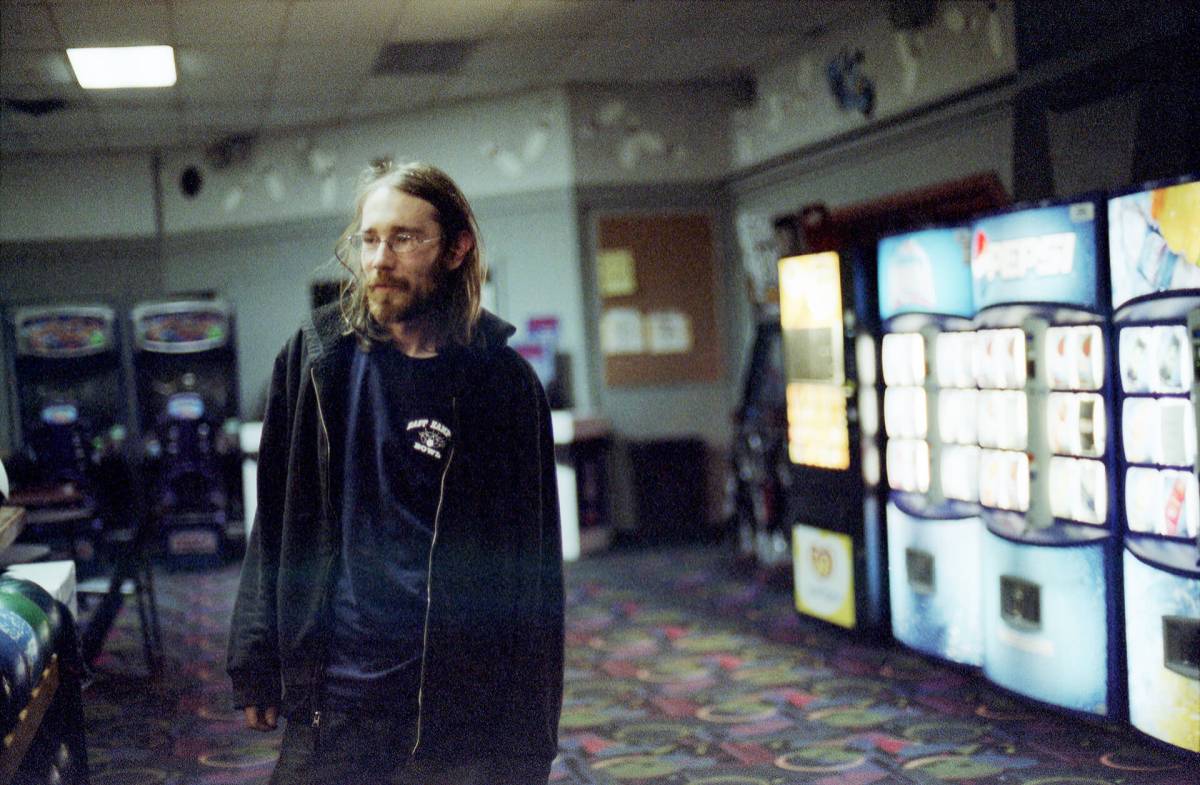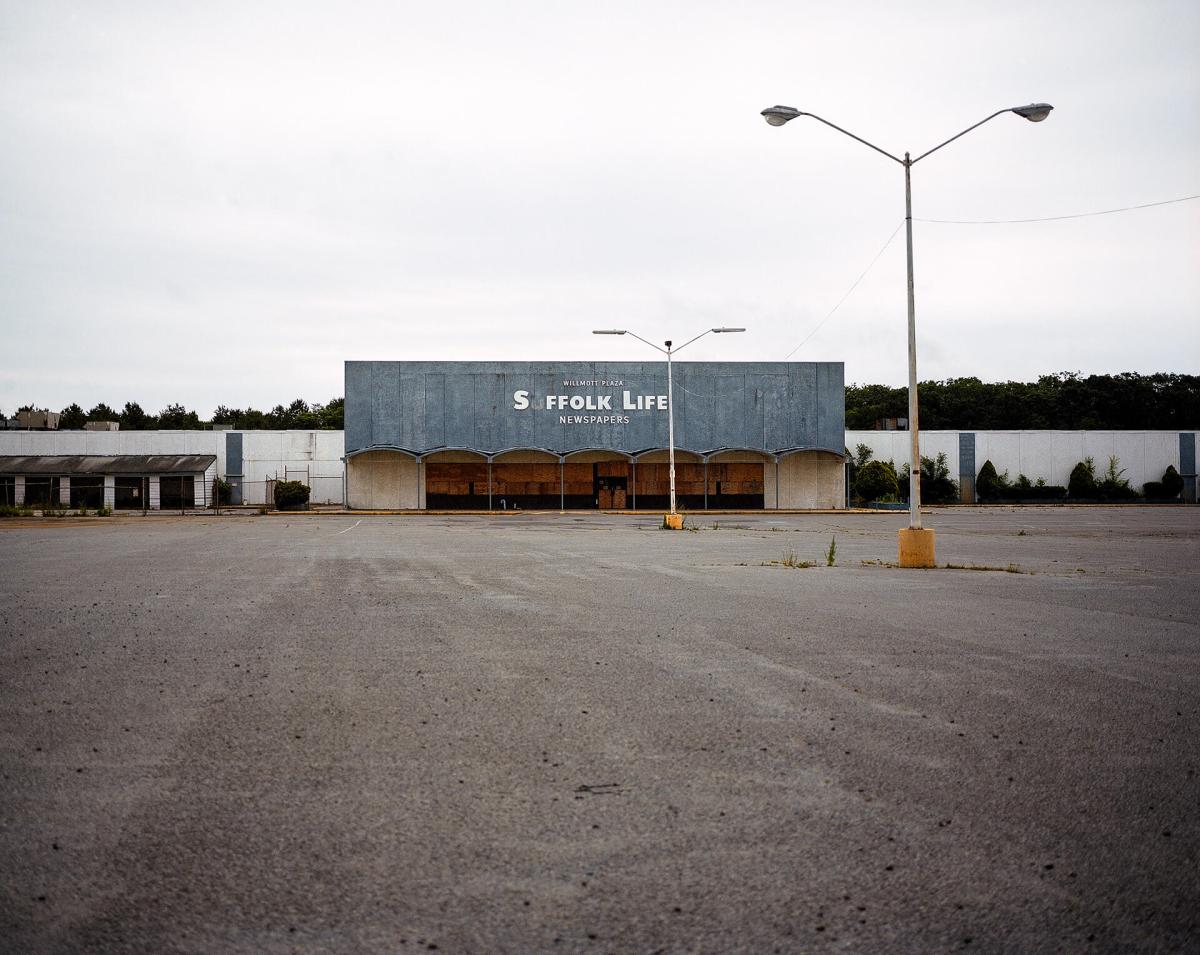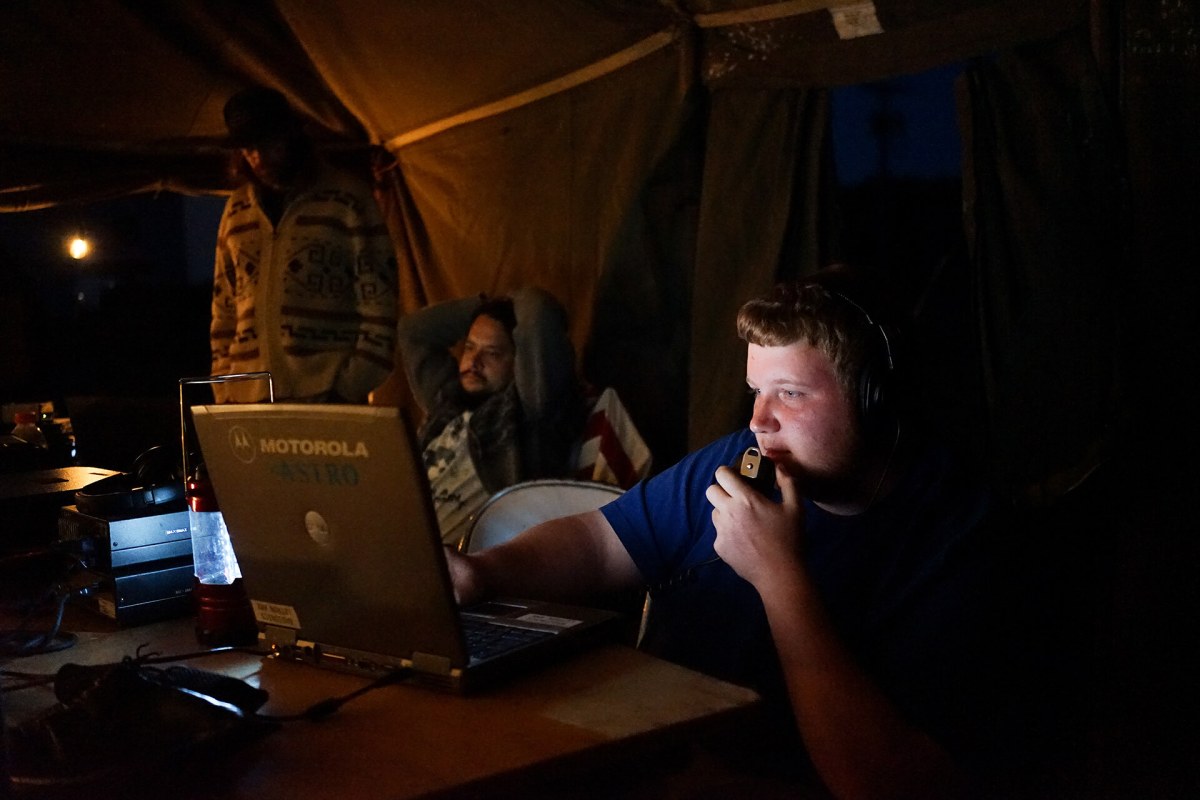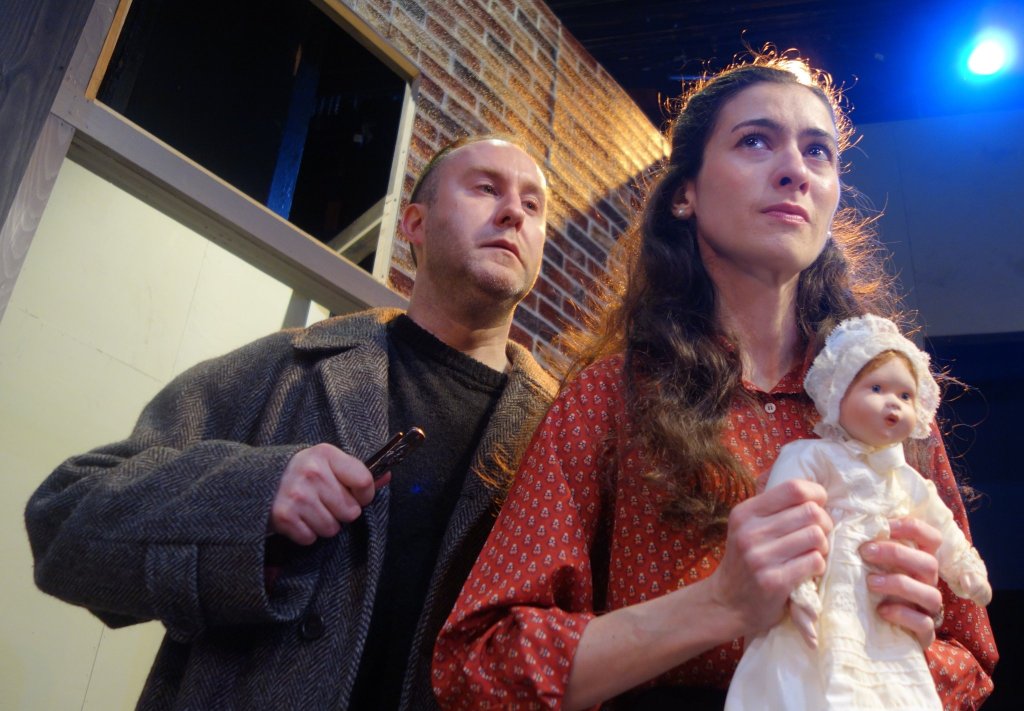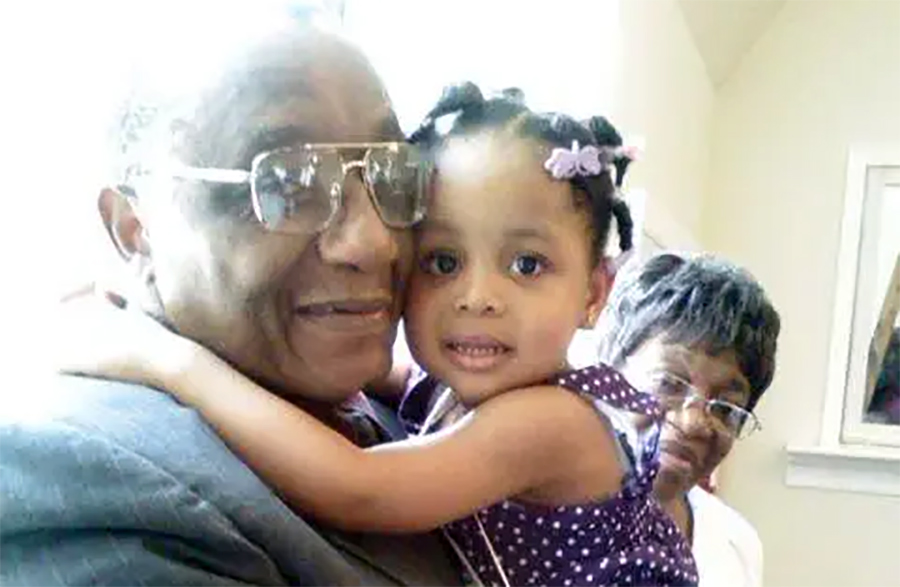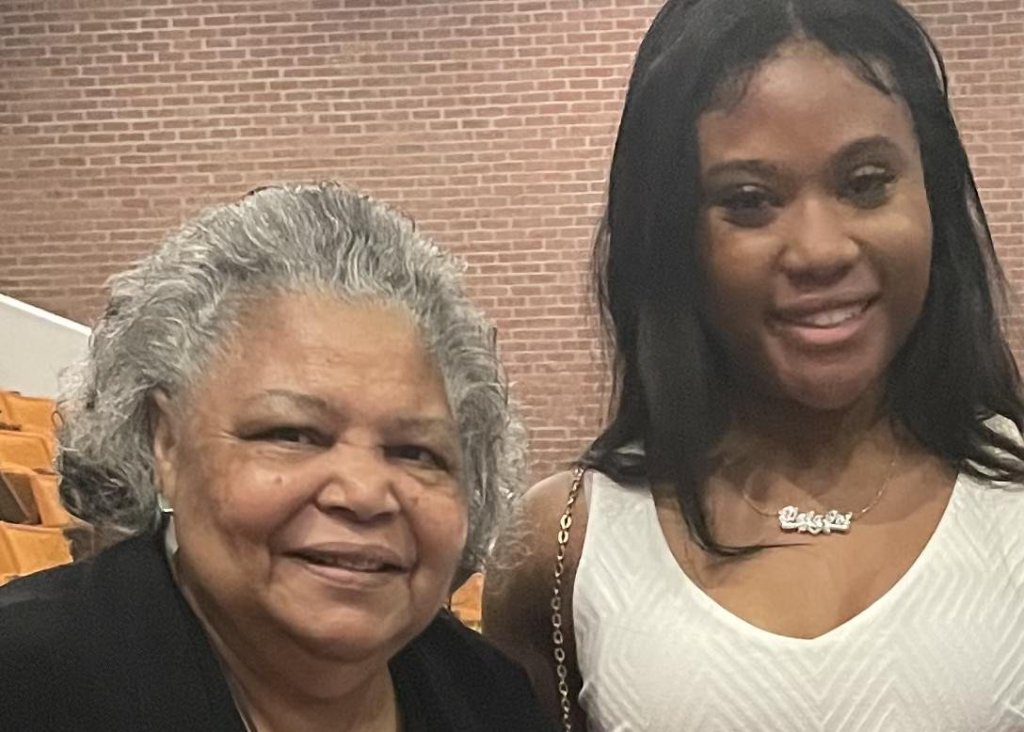Tara Israel Bears Witness To Community
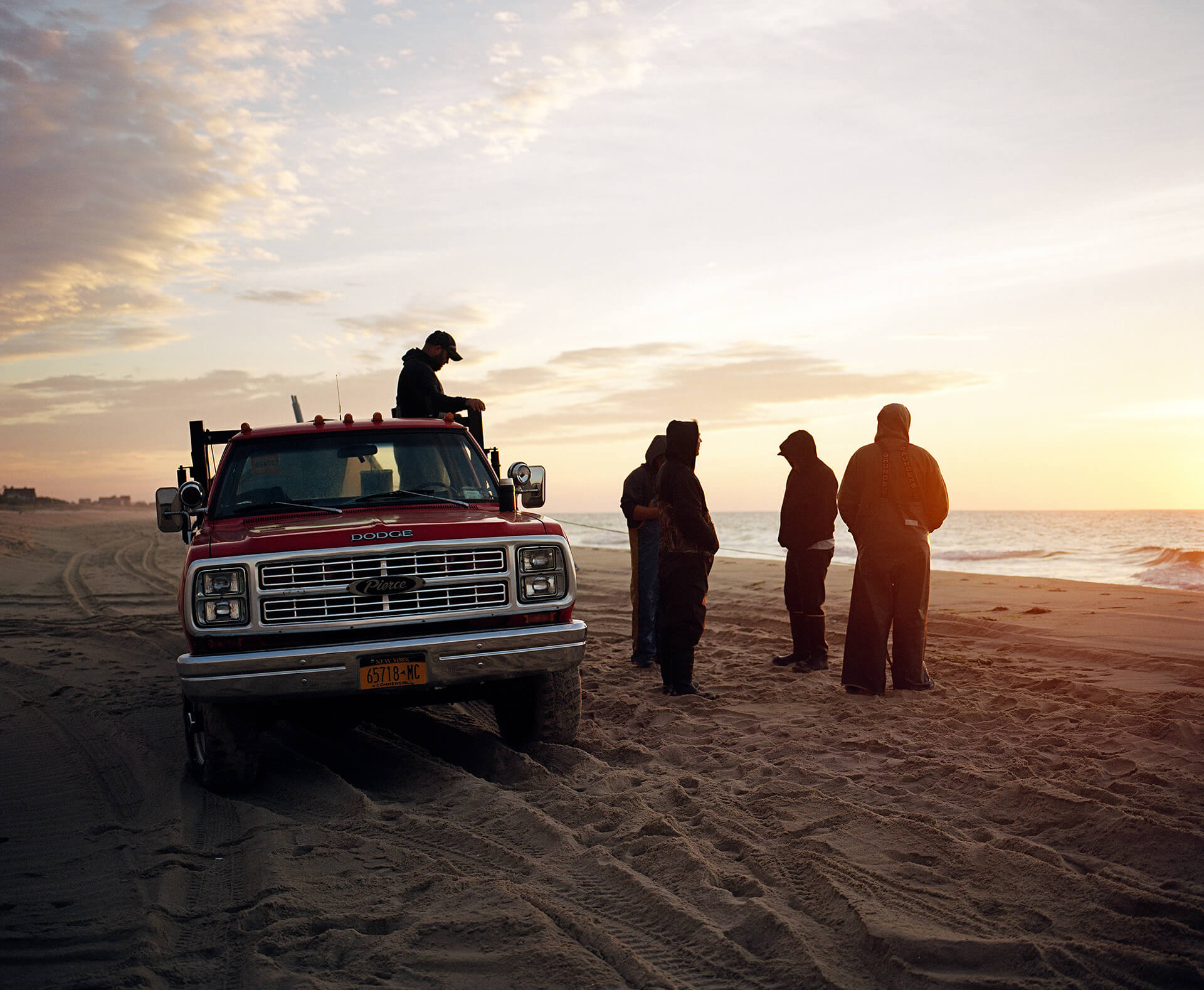
The Arts Center at Duck Creek in East Hampton continues its summer-long season of free programming, ranging from live music to art exhibitions. The not-for-profit community arts center is located at the 18th Century Maidstone Colony homestead, a historical site. Artist John Little transformed the 19th Century barn, purchased in 1948, into a place where local artists could gather, later founding the Signa Gallery.
This Saturday, June 30, from 5 to 8 PM, East Hampton native and photojournalist, Tara Israel, will discuss her photo essay Bonac: Letters From Home. In a personal portrayal of the people involved throughout her life, Israel captures the audience with her photographs as she pays tribute to her original love and greatest muse, her hometown of East Hampton.
What inspired you to become a photojournalist?
Kismet. I wanted to be an archivist of some sorts, my interest mostly has been in ephemera and books, but ultimately, I went in a different direction. The photos I was taking in my 20s somehow fell into that weird space of just bearing witness to a present moment or the mundane without the urgency or voyeurism I typically associate with journalism.
The artists who were the first photographers who worked in color to be considered “fine artists”— William Eggleston, Stephen Shore, and my college professor Joel Sternfeld — all really paved the way, not only to change how photography is viewed, but also the importance of long-form work.
I’ve sorted through the homes or storage units of enough people after they’ve died to know that often the most inspiring or telling items of their lives are not what is listed in the obituary. It’s often the photo you never knew a friend carried in her wallet or why your grandfather saved dozens of Christmas cards sent by a person you have never heard of.
How does photojournalism differ from straightforward photography?
Smartphones and social media made that distinction obsolete. Now it’s really just defined by the intended audience — you could sell decorative art for hotel lobbies or be a social media influencer. That being said, in time, even some corny sun flare family photo will become a legitimate document.
We need folks on the global frontline to show the rest of the world what is happening politically and culturally. What families looked like, what choices people made when trying to look their best or most dignified. We need the images to inspire us to rise up or comfort us to know our community exists, sometimes we just have to look hard to find it. We also need people like me or any of the other folks who are really just working to bear witness to the present. A teacher once told me that as long as it’s in focus, every photo, in time, will become relevant.
Describe what guests can expect or experience at the event.
The show is a collection of some of my favorite shots from the thousands I’ve taken over the years. We really want to have something that references the legendary kooky art vibe of Springs in the 1950s. You make a lot of deep bonds photographing people at home the way I do, and I’ve been well supported by a lot of folks along the way.
As much as this show is a milestone celebrating nearly a decade of this lifelong project, the opening is really a party to celebrate many years of support and guidance from a community that has patiently let me find my own path. They all chipped in. They all made time for me. They all pretended like it wasn’t awkward to pose naturally for a photo when we all know it really is. It’s been a wild ride.
What single image would you use to portray East Hampton to someone unfamiliar with the town?
That’s why I started Bonac in the first place. No single person, place, or experience can represent a community. Anyone who tries to do so is shortchanging whatever they are attempting to depict. A community is a living, breathing organism where the sum is greater than the parts.
Is there a particular photograph that you’d like to give the backstory on?
One of the images was taken of members of the Bonac Amateur Radio Club at Field Day, a national amateur radio contest, in 2016. The contest takes place every June and is a 24-hour marathon for ham radio operators to make as many contacts as possible in as many regions as possible. Some hams participate individually from their home radio shacks, others participate with a club. The event is open to the public and people are invited to hop on the radio with licensed operators to learn how radio communication works.
Field Day is a really special event because it’s an opportunity to show folks that you can set up a communication station literally anywhere with nothing more than what looks like a wire hanging from a tree and a generator. At night, younger members experiment with working digital modes or just see who they may make contact with in a place many time zones away. In the wee hours of the night, it’s less about adding to your list of contacts, and more about showing each other what weird stuff you’ve been practicing over the last year.
What is it about dogs that you enjoy most when photographing?
For the last 15 years, my dog, Tito, has been my muse and constant companion. I feel more comfortable taking silly photos of him than with people, and I don’t do selfies . . . Dogs represent unconditional love and infinite possibilities for adventures, both very enjoyable things.
How do you choose your subjects?
When I work locally it’s planned, often reconnecting with people I haven’t seen since elementary school. When traveling, I have to play it by ear. Most times when I try to plan a trip in advance, I end up in a direction that seems contrived or just completely flawed. I hang around long enough until I stop feeling like a total tourist and just have good luck meeting the right people in the strangest places.
The only times I cold-call a stranger is if I stumble on a personal blog or discover a grassroots organization that I feel is doing good work within their community. Even if I don’t shoot a single frame, when we meet, I always walk away inspired by their passion and devotion to making a positive change in the world, even if the “world” sometimes is little more than a town — so small nearly everyone lives on a street named after a relative.
What’s another project you’re working on?
I have been working in Appalachia for a few years attempting an identical project, showing what “home” looks like to different people. We have our assumptions, right or wrong, about any geography, including our own. I photograph cross sections of a town or a region, not romanticizing or elevating one reality over another. By creating a portrait of a region, I’m able to tease out the nuance and complexity of the human condition. Not in a “these people illustrate some point I want to make” way, but in a way that a landscape, geographic or human, becomes familiar.
What’s next for you?
I actually stepped away from photography briefly to work on patenting inventions I made with my Mom, Dr. Bonnie Schnitta, who is a local acoustical engineer. We have a patent for a tipi-style acoustic tent to create a little oasis for a child that needs to sing the Frozen soundtrack loudly while a parent works from home or needs a nap while the parent wants to meet up with friends in a park. The most recent prototype we have is for acoustic blackout roller shades. Our company, the Lancaster Project, will officially launch next year but we just started selling the roller shades through her company SoundSense, and will continue to design more fun things based around the patents we have.
**
Arts Center at Duck Creek is located at 127 Squaw Road, Springs, in East Hampton. Visit www.duckcreekarts.org.
Tara Israel www.taraisrael.com
@NikkiOnTheDaily
nicole@indyeastend.com
